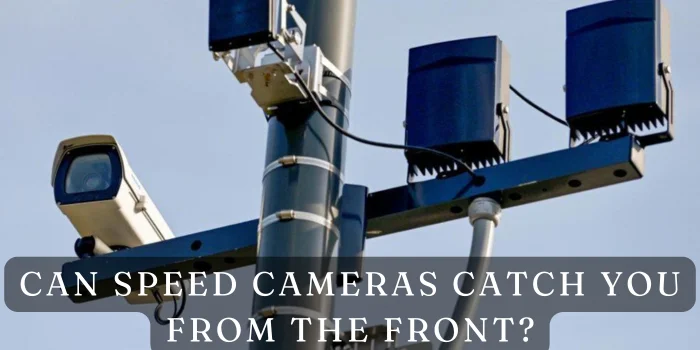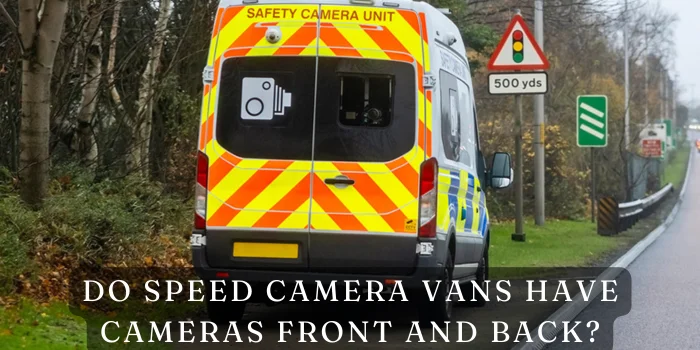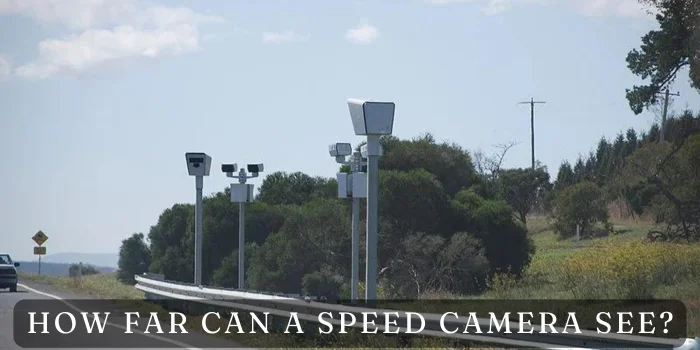How to Know If a Traffic Light Has a Camera
So, you’re driving along and stopping at a red light. But wait, is that a camera staring down at you from the pole? In the UK, traffic light cameras are becoming increasingly common, and knowing whether you’re being watched can help you avoid an unexpected fine. In this article, we’ll explore the telltale signs of a traffic light camera and how you can spot them before they spot you.
Signs Indicating a Traffic Light Camera:
Warning Signs:
One of the easiest ways to know if a traffic light has a camera is by looking out for warning signs. In the UK, you’re likely to see signs that say “Traffic enforcement cameras” or something similar. These signs are usually placed a few meters before the intersection, informing you that a camera might be watching. Look for these signs, especially in high-traffic areas or places with a history of accidents.
Flashing Lights:
Another clue that a traffic light camera might be in place is flashing lights. These flashes are often used to capture images of vehicles as they pass through the intersection, particularly at night. If you see a quick flash as you drive through, there’s a chance a camera just snapped a picture of your vehicle. It’s worth noting that not all traffic light cameras use visible flashes, so don’t rely solely on this sign.
Physical Characteristics of Traffic Light Cameras:
Camera Appearance:
Traffic light cameras have a distinct appearance but can be tricky to spot if you’re unsure what to look for. Generally, they are small, box-like devices mounted on poles near the traffic lights. They might be grey, black, or white and often blend in with their surroundings. Some cameras have visible lenses, while others are more discreet. If you see a boxy device pointing towards the intersection, it’s likely a camera.
Camera Placement:
Cameras are usually placed at strategic points around the intersection. They might be mounted directly on the traffic light pole or a separate pole nearby. The camera’s height can vary, but they are typically placed high enough to get a clear view of the vehicles passing through the light. Pay attention to poles or structures around the intersection, as cameras are often positioned to capture multiple angles.
Technology Used in Traffic Light Cameras:
Red Light Cameras:
Red light cameras are the most common type of traffic light cameras in the UK. These cameras are designed to catch drivers who run red lights by photographing the vehicle’s license plate as it crosses the stop line. The camera is triggered when the light turns red and a car enters the intersection. If you’ve ever wondered how they work, it’s all about timing and sensors that detect when a vehicle enters the intersection after the light changes.
Speed Cameras at Intersections:
Some traffic lights are equipped with speed cameras that monitor red light violations and track the speed of vehicles passing through. These cameras are ubiquitous at intersections where speeding is a known issue. They use radar or laser technology to measure a vehicle’s speed, and if you’re going too fast, they’ll capture an image of your car along with the speed reading. Be cautious when approaching traffic lights, especially if you see speed enforcement signage.
Legal Requirements and Local Regulations:
UK Traffic Camera Laws:
In the UK, the installation and use of traffic light cameras are governed by strict laws. For a camera to be legally operated, it must be signposted, and the public must be aware of its presence. This is why you’ll often see those warning signs we mentioned earlier. Additionally, cameras must meet specific technical standards and regulate their operation to ensure fairness and accuracy.
Penalties for Traffic Violations Caught by Cameras:
If a traffic light camera catches you, the penalties can be severe. Depending on the violation, you might face a hefty fine, points on your driving license, or even court action. Red light violations typically result in a fixed penalty notice, which includes a fine and penalty points. The consequences can be even more significant if you’re caught speeding at the intersection. It’s always better to be safe and follow the rules of the road.
Using Technology to Detect Traffic Cameras:
GPS and Navigation Apps:
In the age of technology, apps can help you detect traffic cameras before you reach them. Apps like Google Maps often show the locations of traffic light cameras, and you can set up alerts to warn you as you approach. This can be especially useful if you’re driving in an unfamiliar area or are concerned about being surprised.
Dashcams and Personal Devices:
Another way to watch for traffic cameras is by using a dashcam. Some advanced dashcams can detect traffic cameras and alert you to their presence. While this might not be foolproof, it can give you extra awareness as you drive. Additionally, keeping your eyes peeled for the physical signs and characteristics we’ve discussed will help you stay ahead of the game.
Conclusion:
Identifying a traffic light camera can save you from unexpected fines and penalties. By looking out for warning signs, recognizing the physical characteristics of cameras, and using modern technology to your advantage, you can stay informed and drive safely. Remember, traffic light cameras are there to encourage safe driving, so it’s always best to follow the rules and keep our roads safe for everyone.
FAQs:
Are traffic light cameras always operational?
Traffic light cameras are typically operational 24/7, but some may be turned off during specific periods for maintenance or other reasons. However, it’s safest to assume they’re always on.
Do all traffic lights have cameras?
Not all traffic lights have cameras. They are usually installed in high-risk areas or intersections with a history of violations.
Can I be fined without a flash going off?
Yes, some cameras use infrared technology and don’t require a visible flash to capture images, so you could be fined even if you don’t see a flash.
How can I contest a fine from a traffic light camera?
To contest a fine, you can appeal through the appropriate legal channels, usually by providing evidence that the violation did not occur or that there was an error in the process.
Do traffic light cameras only capture red light violations?
While many traffic light cameras focus on red light violations, some are equipped to capture speeding and other traffic offences.




